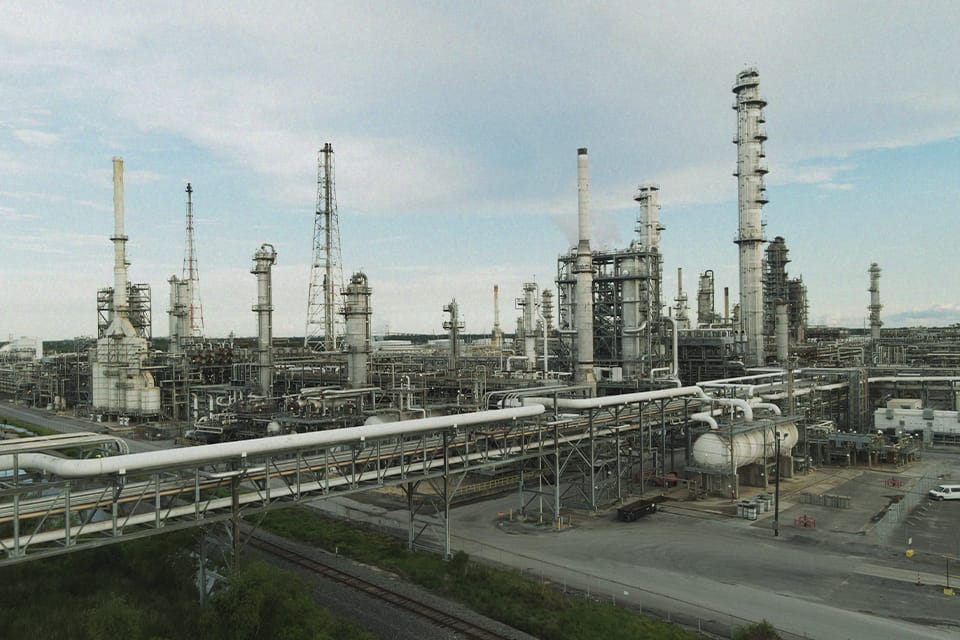
Holiday Bonus Episode: Safety Tips You Need This Season | Risk Matrix Episode 122
THE RISK MATRIX Cutting-edge podcast on occupational safety and risk management. Hosted by industry titans: JAMES JUNKIN, MS, CSP, MSP,…

James Junkin, chair of the Veriforce Strategic Advisory Board, shares insights into the importance of risk-based safety management systems.
Even organizations operating below OSHA’s Process Safety Management (PSM) and the Environmental Protection Agency’s (EPA) Risk Management Program (RMP) thresholds must address evolving regulatory frameworks and risks associated with chemical handling by developing robust, risk-based safety management systems.
This article discusses the importance of these systems, the implications of the EPA’s General Duty Clause, and the role of OSHA PSM and EPA RMP standards in maintaining safety and compliance.
OSHA’s PSM standard (29 CFR 1910.119) was enacted to prevent the release of highly hazardous chemicals that could have catastrophic consequences. The PSM standard applies to facilities that use specific chemicals above certain thresholds. It focuses on the management of hazards posed by processes that involve hazardous substances. Key elements of the PSM standard include:
Even if a company uses hazardous chemicals below OSHA’s thresholds, these proactive measures are essential in creating a comprehensive safety culture and minimizing risks.
Like OSHA’s PSM standard, the EPA’s RMP rule applies to facilities handling certain hazardous substances. The RMP aims to prevent accidental releases and mitigate the consequences of such releases. Key components of the RMP rule include:
Despite operating below RMP thresholds, companies may still benefit from implementing an RMP-like structure, reinforcing a proactive and risk-focused culture.
Implementing a risk-based safety management system can bring multiple advantages to companies, regardless of whether they fall below OSHA and EPA threshold values. Some key benefits include:
The EPA’s General Duty Clause (Section 112(r)(1) of the Clean Air Act) mandates that facilities handling hazardous substances must identify hazards and take steps to prevent accidental releases. Notably, the clause applies to all facilities, regardless of whether they meet the RMP threshold. This means that companies intentionally staying below stipulated threshold values might still be held accountable under this clause.
The General Duty Clause obligates companies to maintain a proactive risk management stance, regardless of formal regulatory classification. If a release occurs, facilities may face penalties if they have not taken reasonable steps to prevent it, highlighting the need for comprehensive safety measures.
Even companies operating below OSHA and EPA threshold values should consider developing and implementing a risk-based safety management system. As regulations evolve, proactive risk management is key to maintaining safety, compliance, and a strong reputation. Integrating OSHA’s PSM and EPA’s RMP frameworks into a risk management strategy enhances safety and prepares organizations for regulatory scrutiny. This includes the EPA’s General Duty Clause. Investing in safety management goes beyond compliance—it’s a commitment to employee, environmental, and community well-being.
James A. Junkin, MS, CSP, MSP, SMS, ASP, CSHO is the chief executive officer of Mariner-Gulf Consulting & Services, LLC and the chair of the Veriforce Strategic Advisory Board and the past chair of Professional Safety journal’s editorial review board. James is a member of the Advisory Board for the National Association of Safety Professionals (NASP). He is Columbia Southern University’s 2022 Safety Professional of the Year (Runner Up), a 2023 recipient of the National Association of Environmental Management’s (NAEM) 30 over 30 Award for excellence in the practice of occupational safety and health and sustainability, and the American Society of Safety Professionals (ASSP) 2024 Safety Professional of the Year for Training and Communications, and the recipient of the ASSP 2023-2024 Charles V. Culberson award. He is a much sought after master trainer, keynote speaker, podcaster of The Risk Matrix, and author of numerous articles concerning occupational safety and health.


THE RISK MATRIX Cutting-edge podcast on occupational safety and risk management. Hosted by industry titans: JAMES JUNKIN, MS, CSP, MSP,…

THE RISK MATRIX Cutting-edge podcast on occupational safety and risk management. Hosted by industry titans: JAMES JUNKIN, MS, CSP, MSP,…
We’ll send you practical and insightful supply chain risk management info that can benefit your business. Plus, important company updates that keep you in the loop.
